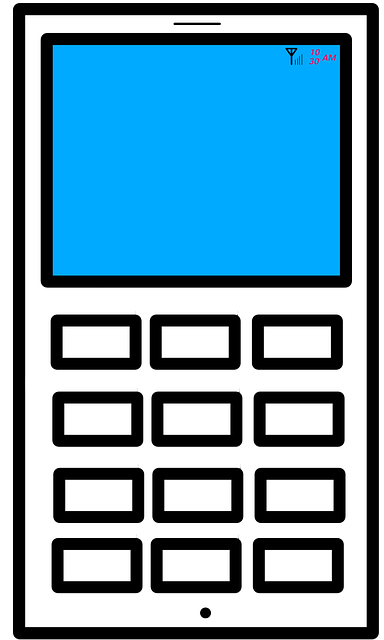Multi-Factor Authentication (MFA) enhances security in high-security areas by combining traditional passwords with remote-controlled electronic locks. These locks offer multiple protection layers, restricting access to authorized personnel, maintaining detailed audit trails, and enabling swift incident response through remote monitoring and control. Best practices involve integrating MFA seamlessly into daily routines while ensuring user-friendly interfaces and comprehensive training for security awareness.
In today’s digital age, securing high-security areas is paramount. Multi-Factor Authentication (MFA) offers an advanced line of defense beyond passwords, providing layers of protection. This article delves into the essentials of MFA, exploring its multifaceted benefits in stringent environments. We highlight the role of remote-controlled electronic locks in streamlining access while maintaining robust security. Additionally, best practices are discussed to ensure a harmonious balance between user experience and security, emphasizing the importance of a well-implemented MFA strategy.
Understanding Multi-Factor Authentication (MFA) Basics
Multi-Factor Authentication (MFA) is a security measure that requires three distinct forms of identification before granting access to a high-security area or system. Unlike traditional passwords, which often rely on something users know (like a PIN), MFA adds layers of protection by incorporating something users have (such as a physical token or mobile device) and/or something users are (biometric data like fingerprints). This multi-layered approach significantly enhances security, making it particularly effective for securing high-value assets.
In the context of high-security areas, integrating MFA with remote-controlled electronic locks offers robust protection. By demanding additional verification beyond simply pressing a button to unlock, these systems ensure that even if an unauthorized individual gains access to the physical key or code, they still can’t gain entry without fulfilling the other authentication factors. This two-step (or more) process effectively deters and delays unauthorized attempts, providing peace of mind for those responsible for securing sensitive locations.
Benefits of MFA in High-Security Environments
Multi-factor authentication (MFA) significantly enhances security in high-security areas, providing multiple layers of protection beyond traditional passwords. By demanding additional verification methods like biometric data, tokens, or one-time passwords, MFA makes it considerably harder for unauthorized individuals to gain access. This is particularly crucial in environments where sensitive information or critical infrastructure is involved, such as government facilities, military bases, and secure research labs.
The implementation of remote-controlled electronic locks equipped with MFA offers several advantages. These advanced locks ensure that only authorized personnel can enter restricted zones, minimizing the risk of unauthorized access and potential security breaches. Additionally, detailed audit trails are maintained, allowing for better tracking of entries and exits, which is essential for compliance purposes and incident response planning.
Implementing Remote-Controlled Electronic Locks
Implementing remote-controlled electronic locks offers a cutting-edge solution for enhancing security in high-security areas. This technology allows for precise and immediate access control, eliminating the need for physical key cards or manual lock operations. With a simple click on a smartphone app or a dedicated device, authorized individuals can remotely unlock doors, ensuring convenient and secure entry.
This innovative approach provides an additional layer of protection by enabling remote monitoring and controlling of locks. It allows security personnel to manage access from a distance, respond swiftly to potential breaches, and grant or revoke access permissions as required. The integration of remote-controlled electronic locks into high-security facilities adds another robust defense mechanism, ensuring that only authorized personnel can gain entry.
Best Practices for User Experience & Security Balance
In implementing multi-factor authentication (MFA) for high-security areas, striking a balance between robust security and an intuitive user experience is paramount. Best practices dictate that access control solutions, such as remote-controlled electronic locks, should seamlessly integrate into users’ daily routines while maintaining stringent safety measures. This often involves employing easy-to-use interfaces, quick authentication processes, and clear communication about the steps required to gain entry. By reducing friction in the user experience, individuals are more likely to adhere to security protocols, ensuring consistent protection for high-security areas.
Additionally, implementing MFA strategies like multi-factor login, biometric verification, or security tokens should be accompanied by comprehensive training and support. Users need to understand the importance of each authentication factor and how their actions contribute to overall security. This educational approach fosters a culture of security awareness, empowering individuals to protect sensitive spaces effectively without compromising usability.
Multi-factor authentication (MFA) significantly enhances security in high-security areas by requiring multiple verification methods. By understanding MFA basics, leveraging its benefits, and implementing best practices for user experience, organizations can effectively utilize remote-controlled electronic locks to safeguard sensitive spaces. This comprehensive approach ensures a robust security posture while maintaining accessibility and convenience.
